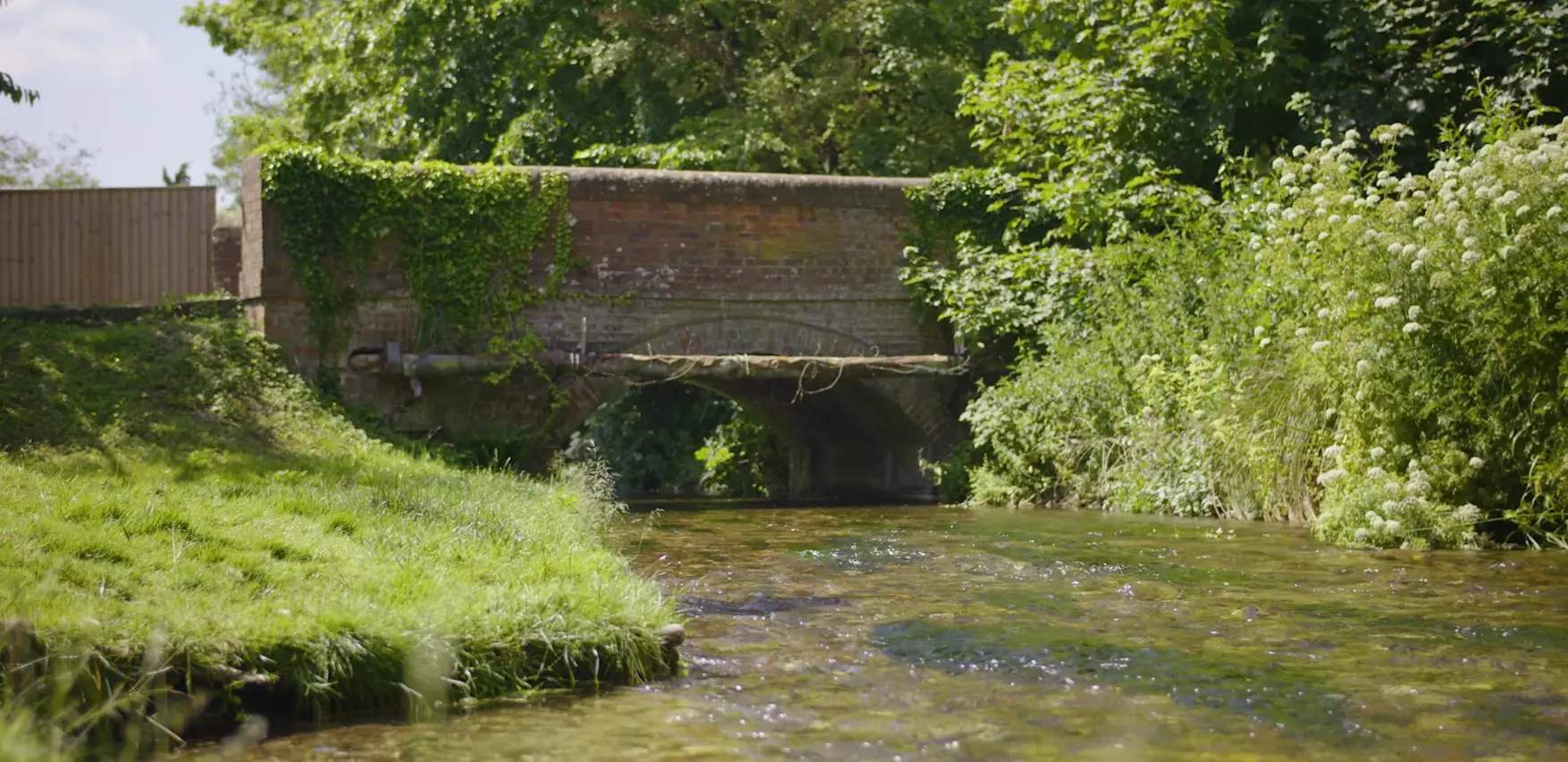
Pan Parishes, Hampshire
Our Pathfinder project in the Pan Parishes aims to reduce infiltration of our sewers with groundwater. This also reduces the need to bring in tankers to pump the excess water away.
The challenge
The Pan Parishes in Hampshire suffer from sewer groundwater infiltration. Groundwater is the water found underground in the cracks and spaces in soil, sand and rock. Groundwater infiltration of our sewers happens when water from the ground squeezes its way into the network through underground pipework.
If the sewers fill with groundwater then there is less space for rain and wastewater, so the system is more likely to become overwhelmed when it rains. When this happens, we need to deploy tankers to remove the excess water, which can impact residents. If the level gets very high, it can also result in the need to release excess water to a local watercourse. These events are similar to storm overflow releases but the root cause is different.
This project is investing in relining and resealing of both public and private sewers to reduce this infiltration, monitoring through boreholes, pipe cameras and temperature sensors to spot problems before they arise, and investigating the construction of a wetland to absorb, hold and pre-treat excess groundwater.
What we're doing
Results
Work is ongoing and dependent on the groundwater levels in the area. We're aiming to complete the project by March 2025. You can view or download detailed reports about our plans for the Pan Parishes below.
Results
Work is ongoing and dependent on the groundwater levels in the area. We're aiming to complete the project by March 2025. You can view or download detailed reports about our plans for the Pan Parishes below.

30
We've installed 30 new temperature sensors to monitor groundwater levels. Groundwater is cooler than wastewater, so the sensors help us see how much groundwater is getting into the pipes.

2km
We've relined nearly 2km of sewers so far to reduce groundwater infiltration

559
The number of properties we aim to seal the pipework of in the Pan Parishes area.

Over 2/3
After one year we've reduced the number of tankers in the area by over two-thirds - from 36 to 10.
Related Pathfinder downloads
SuDS in Schools Case Study
Constructed Wetlands Frequently Asked Questions
Pan Parishes Infiltration Reduction Plan
Showing 3 out of 3
